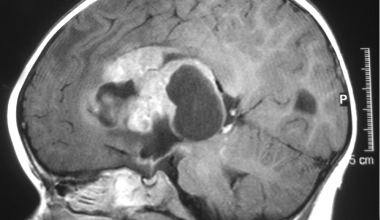Understanding Belly Fat and Its Health Implications
The fat that builds up around the abdominal organs is referred to as visceral fat, often known as belly fat. It is considered a significant health concern due to its association with various health implications. Unlike subcutaneous fat (fat beneath the skin), belly fat is metabolically active and releases harmful substances into the body. Excess belly fat is linked to an increased risk of several health conditions, including heart disease, type 2 diabetes, high blood pressure, certain cancers, and metabolic syndrome. It can lead to insulin resistance, where the body’s cells become less responsive to insulin, causing elevated blood sugar levels. Reducing belly fat through a combination of healthy eating, regular exercise, and lifestyle modifications is essential for improving health.
Benefits of Abdominal Workouts
Abdominal workouts offer numerous benefits beyond just achieving a toned midsection.
- Core Stability, Enhancing Posture And Balance : Strengthening the abdominal muscles improves core stability, enhancing posture and balance. It helps support the spine, reducing the risk of back pain and injuries.
- Improve Overall Functional Strength : Engaging in regular abdominal exercises can also improve overall functional strength and athletic performance. Strong abs contribute to better body control and power during various physical activities.
- Improving Digestion And Reducing Bloating : Additionally, abdominal workouts can aid in improving digestion and reducing bloating. They can enhance respiratory function and diaphragmatic breathing.
- Boost Self-confidence : Lastly, a well-developed abdominal region can boost self-confidence and body image, leading to a positive psychological impact. Incorporating a variety of abdominal exercises, such as crunches, planks, and bicycle crunches, into a well-rounded fitness routine can yield these benefits and contribute to overall health and well-being.
How to Incorporate Cardio Into Your Ab Routine
Incorporating cardio exercises into your abdominal routine can elevate your workout and promote overall fitness. Here are a few ways to combine cardio and ab workouts effectively:
- High-Intensity Interval Training (HIIT): Perform intense bursts of cardio exercises like jumping jacks, mountain climbers, or burpees for 30-60 seconds, followed by a short rest period. Then, transition to an ab exercise such as Russian twists or leg raises. Repeat this cycle for a set duration.
- Circuit Training: Create a circuit that includes both cardio and ab exercises. Alternate between sets of jumping rope, running in place, or jumping lunges for cardio, and exercises like planks, bicycle crunches, or flutter kicks for abs. With little respite in between exercises, continue on to the next one.
- Compound Exercises: Choose compound movements that engage both the abs and cardiovascular system simultaneously. Exercises like squat jumps, medicine ball slams, or mountain climbers work the abs while providing a cardio challenge.
Remember to warm up before starting and cool down afterward. Aim for at least 20-30 minutes of cardio in conjunction with your abdominal exercises. Adjust the intensity and duration based on your fitness level and gradually increase as you progress. Incorporating cardio into your abdominal routine will enhance calorie burn, improve endurance, and contribute to a well-rounded and effective workout.
Tips for Optimizing Your Diet
To optimize your diet and support overall health, consider the following tips:
- Eat A Balanced Diet: Your meals should contain a variety of fresh fruits, vegetables, whole grains, lean proteins, and healthy fats.
- Control Portion Sizes: To avoid overeating and maintain a healthy weight, pay attention to portion proportions.
- Stay Hydrated: Drink an adequate amount of water throughout the day to support hydration and proper bodily functions.
- Limit Processed Foods And Added Sugars: Minimize intake of processed snacks, sugary beverages, and foods high in saturated fats.
- Include Fiber-rich Foods: Consume fiber from sources like fruits, vegetables, whole grains, and legumes to support digestion and satiety.
- Prioritize Nutrient Density: Choose nutrient-dense foods that provide essential vitamins, minerals, and antioxidants.
Also Read: Effective Foot Pain Relief Exercises You Can Do at Home
Conclusion
This guide provides valuable information on abdominal fat-loss workouts. By incorporating a combination of targeted exercises, such as crunches and planks, along with overall body fat reduction strategies like cardio and a healthy diet, you can effectively trim belly fat and achieve a toned midsection.








